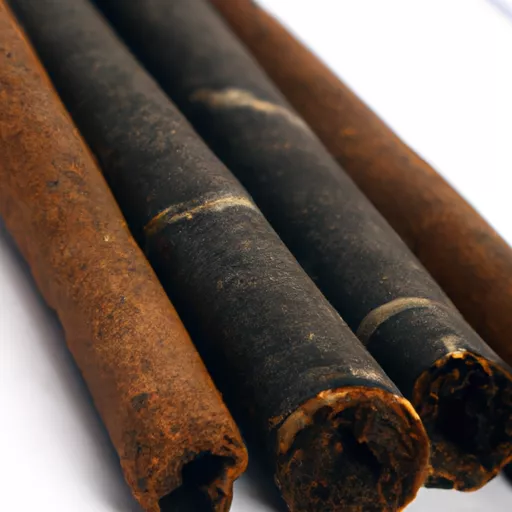
As a lover of tobacco and all things related to smoking, I have always been fascinated by the world of little cigars. Despite their small size, these little beauties pack a punch in terms of flavor and satisfaction. From their history to their production process, there is so much to delve into when it comes to little cigars.
First and foremost, let’s establish what exactly qualifies as a little cigar. Also known as cigarillos, little cigars are small, thin, and narrow cigars that are made with tobacco leaves wrapped in a tobacco paper or tobacco-based wrapper. They are usually about the same size as a cigarette but have a stronger taste and are meant to be smoked slowly like a cigar.
The origins of little cigars can be traced back to the early days of tobacco cultivation in the Americas. It is believed that Native Americans were the first to grow and smoke tobacco, and they would often use the leaves to make small, hand-rolled cigars. With the arrival of the European colonizers in the 16th century, tobacco became a highly sought-after commodity, and the popularity of little cigars grew.
However, it wasn’t until the 19th century that little cigars became a mainstream product in the United States. In the late 1800s, cigar manufacturers began to produce machine-made little cigars, which were cheaper and more convenient than hand-rolled cigars. This made them more accessible to the working class, leading to a significant increase in their popularity.
Today, little cigars are still a beloved choice among smokers, with a variety of brands, flavors, and styles available. In terms of flavor, little cigars are typically milder and sweeter than traditional cigars, making them more appealing to those who may find regular cigars too strong.
The production process of little cigars is similar to that of traditional cigars, but on a smaller scale. First, high-quality tobacco leaves are selected, cured, and aged to develop their unique flavor profiles. Then, the leaves are tightly rolled into a tube, and a binder, usually made of natural gum or tobacco paste, is applied to hold the leaves together.
Next comes the wrapper, which can be made of tobacco leaves or tobacco paper. This is what gives little cigars their distinctive appearance. The tobacco paper is often flavored with various essences, such as honey, vanilla, or bourbon, to enhance the smoking experience.
Once the cigars are wrapped, they are cut into smaller sizes and packaged for sale. Some little cigars are even infused with additional flavors after the wrapping process, giving them an even more unique taste.
One of the significant differences between traditional cigars and little cigars is the way they are smoked. Cigars are meant to be slowly savored, while little cigars are usually inhaled and smoked like cigarettes. This is why they are often referred to as a “cross-over” product between cigars and cigarettes.
Many people enjoy little cigars because they offer the best of both worlds. They have the convenience of a cigarette and the complexity of a cigar’s flavor. Plus, with their smaller size, they are perfect for a quick smoke break or for those who don’t have the time for a longer cigar session.
Another appealing aspect of little cigars is their affordability. While traditional cigars can range from a few dollars to hundreds of dollars, little cigars are much more budget-friendly, making them a suitable option for those who enjoy smoking but don’t want to break the bank.
However, it is essential to note that, despite their small size, little cigars are still tobacco products and should be consumed responsibly. Like cigarettes, little cigars also carry the risk of addiction and various health issues if smoked excessively.
There has been some debate surrounding little cigars and their health implications. Some argue that because they are inhaled like cigarettes, they pose similar health risks. However, others argue that since they are made with 100% tobacco and without the additives found in cigarettes, they may be a healthier option.
Regardless, it is always important to practice moderation and be mindful of the potential risks associated with smoking any tobacco product.
In conclusion, little cigars may be small in size, but they have a rich history and a lot to offer in terms of flavor and convenience. Whether you are a cigar aficionado looking for a quick smoke or a cigarette smoker seeking a more complex taste, little cigars are a fantastic option to try. Just remember to smoke responsibly and enjoy the unique experience that these little delights have to offer.
